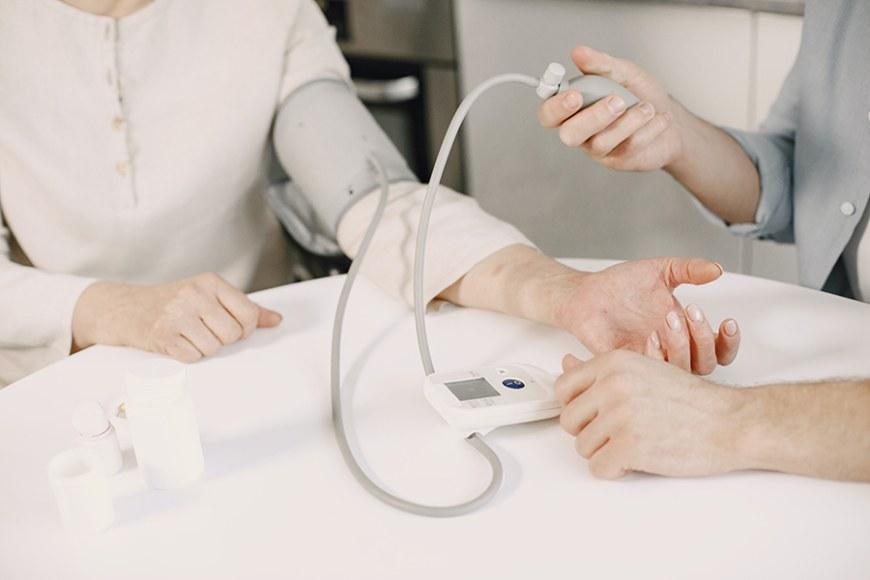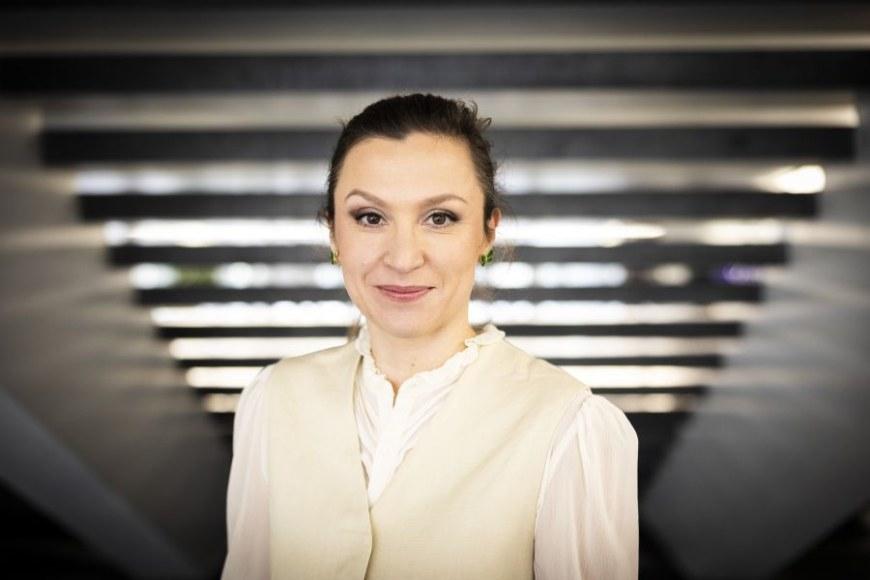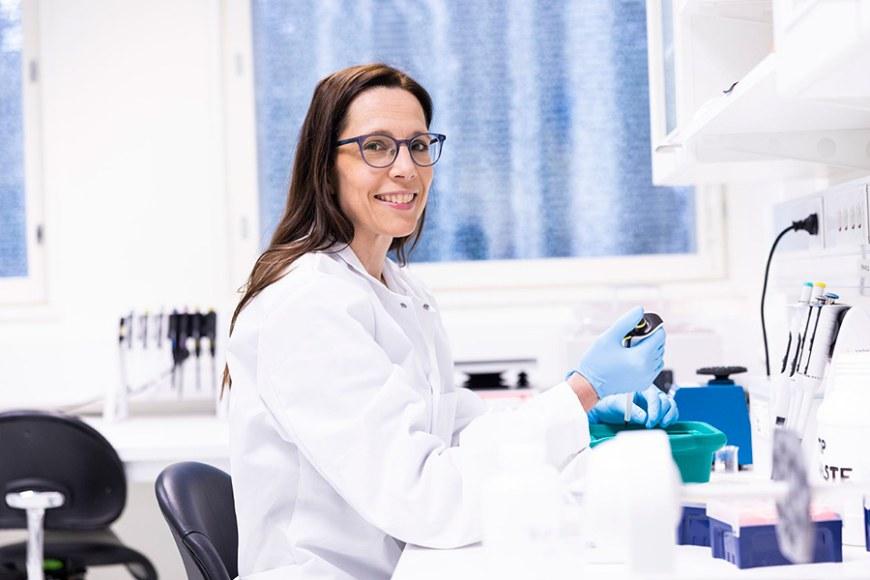Tampere University teaches about the EU regulation of medical devices

Regulation concerns all devices and equipment that are being used to examine human health and illness, and the treatment of diseases. Such devices include, for example, laboratory equipment, devices and software, different measuring and imaging devices, and artificial parts put into people to heal them.
“Each sector has requirements that need to be considered when we are thinking of the safety and performance of these devices – materials, different software. For example, an artificial hip joint needs to be compatible with tissue and last for several decades,” explains Petri Pommelin, Licentiate of Science (Technology) who teaches in the course.
The course produces special expertise
The course is called Regulatory requirements for design and manufacture of medical devices. It is part of the Health technology solutions – product development and commercialization programme at the Faculty of Medicine and Health Technology.
The programme can be taken as a minor by, for example, students of biomaterial engineering.
The regulation course gives students special expertise that is useful in job search.
The regulation course can also be completed as continuous education.
As continuous education, the course is targeted at research and innovation personnel at health technology firms, those working in quality management and regulation, production, marketing and sales, and management.
Business participants gained a new perspective
There were 36 participants in the course last year of whom Pommelin says seven came from external companies or via the FiTech network university.
“Some already had experience of regulation issues and they still wanted to hear and update their expertise because the regulations have changed so much in recent years,” Pommelin says.
“There were people with much experience, but it was nice that they, too, said they had gained a new perspective by coming to the course,” he adds.
The English-language course has also interested exchange students.
In 2015–2019, the course was offered in Finnish jointly to students at the University of Tampere and TAMK. A total of 640 degree students have completed the course so far.
Topics range from device classifications to post-market surveillance
The course focuses on EU regulation of medical devices and in vitro diagnostic devices, such as laboratory tests.
The topics include safety and performance requirements, classification, technical documentation, quality management, customer supplied device control, and conformity assessment.
Pommelin is Development Manager at the Wellbeing Services County of Pirkanmaa, where he is a specialist in risk management and customer and patient safety. He held the same role at the Pirkanmaa Hospital District for 16 years. Prior to that, for 15 years, he was responsible for medical device safety control in Finland in a public authority role and participated in EU cooperation in the field.
Even an experienced teacher finds the topic complicated
Despite his vast experience, Pommelin finds the subject matter of the regulation course complicated.
“Regulations are dynamic, and they are changing all the time. In the past few years, there was a big change which is now being put to practice. The regulation changes are slow, but they come with applied guidelines, which detail what the manufacturers should be doing,” Pommelin points out.
The EU has recently tightened and broadened regulation. Regulation was extended to new product categories after the Medical Devices Regulation – which was adopted in 2017 – entered into force in 2021.
Legislation and guidelines as a starting point
Pommelin first explains to his students the basics of the regulation and what the different sections of the guidelines are, where they can be found and how they can be applied.
“It’s fun to teach the course, even if the content seems quite complex. You can get to grips with it once you find the essential bits,” he says.
Pommelin has visualised the content of the course in an image, where each subject area is represented by a cogwheel. He uses them to explain to his students how the areas are related and how the different bits work as a whole.
“I try to create a way of thinking that you can stick to if you want to learn more,” Pommelin explains.
Lecturer of the Year award from students
Last year, Bioner, the student association of biotechnology and biomedical engineering, nominated Pommelin as Lecturer of the Year.
“Interesting lectures peppered with good and illustrative examples. The lecturer presented complex issues in an interesting and understandable way,” said the students.
Pommelin is delighted with the recognition.
“It was a positive surprise especially as I held last year’s course entirely online. I try to teach students to understand things so that they can move forward.
Photograph: Pexels/Gustavo Fring





